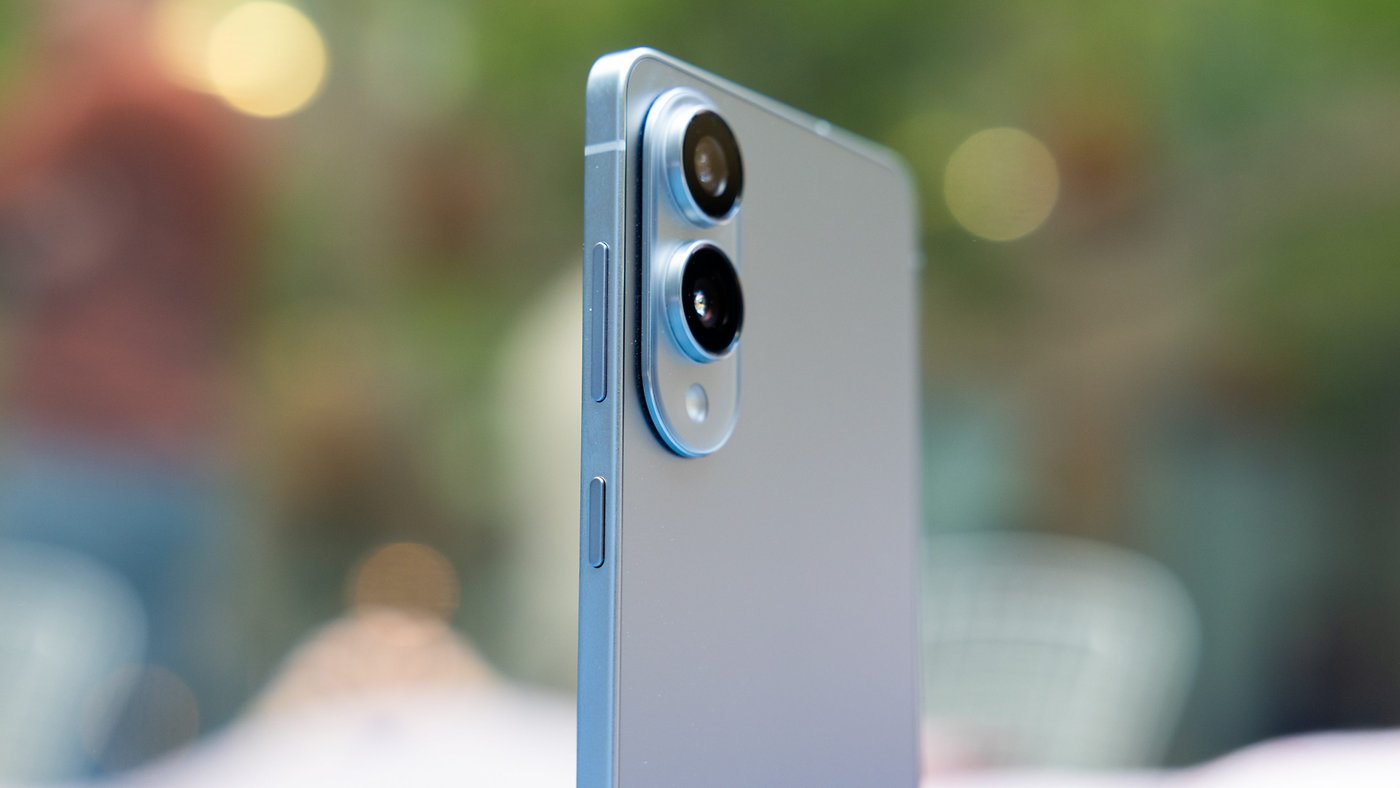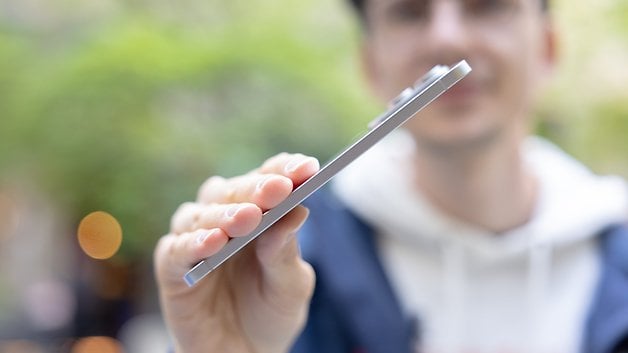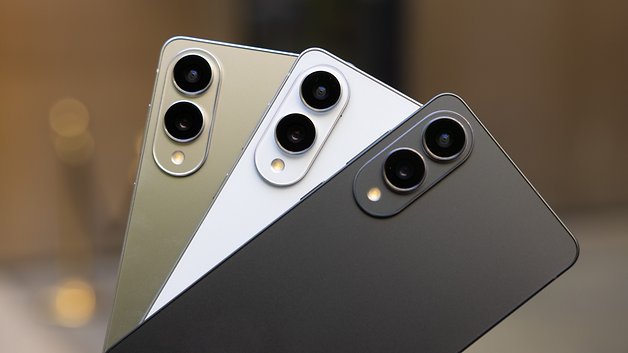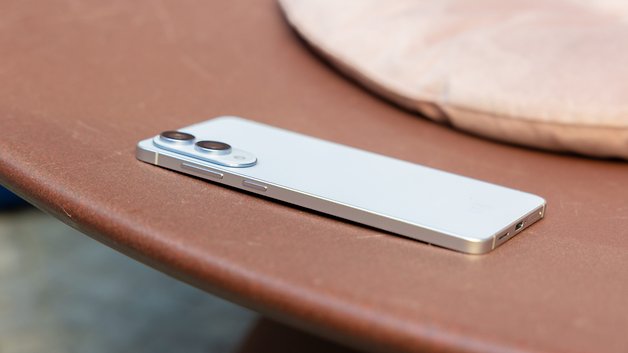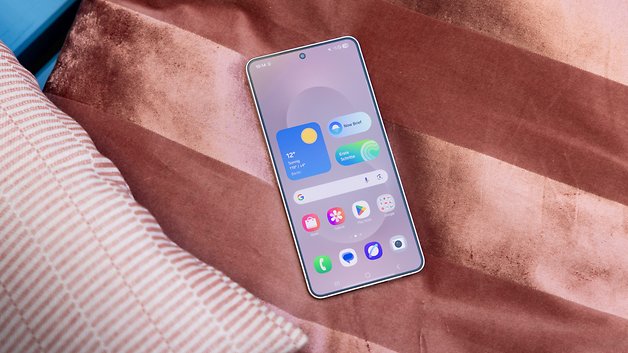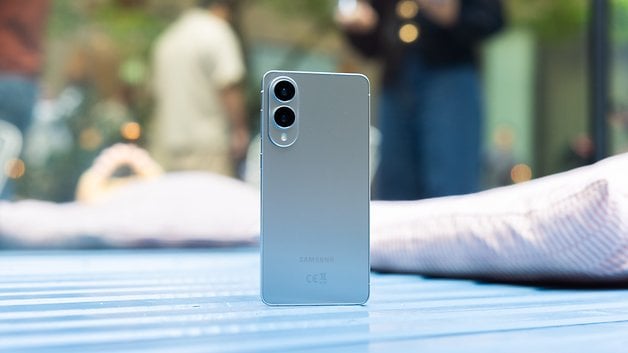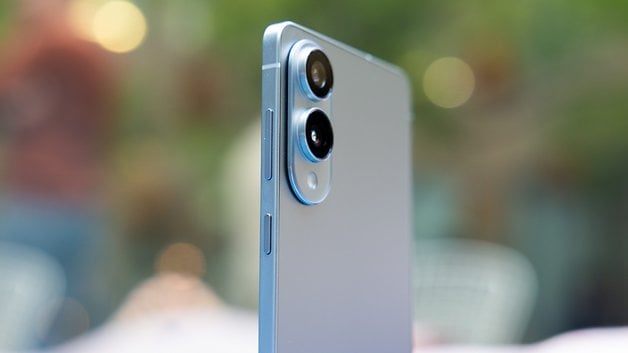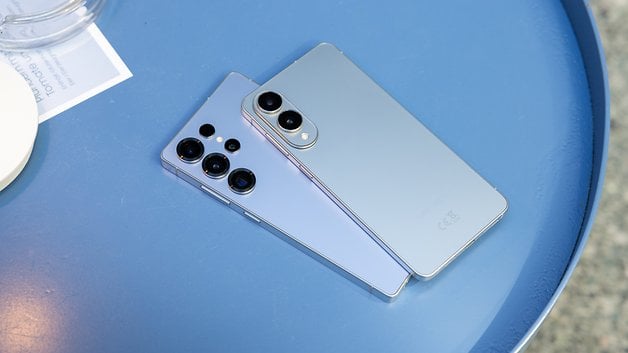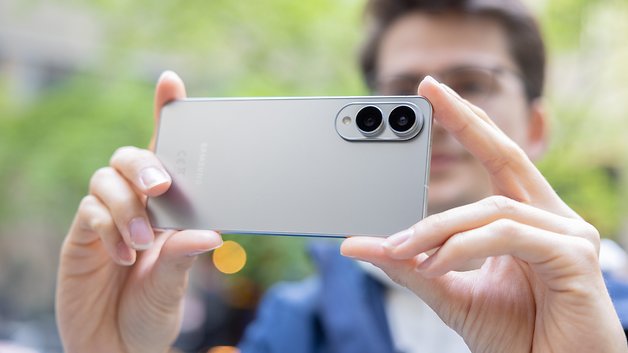Extra-Thin, But at What Cost?
With a body thickness measuring just 5.8 mm, the Samsung Galaxy S25 Edge sets new standards in terms of slim design. This makes it not only significantly thinner but also noticeably lighter compared to most of the current smartphones. However, what impact does this design have on everyday usability and features?
Good
- Super-thin design
- Very light and yet robust
- Excellent display
- Powerful Snapdragon processor
- Exemplary update support
- Waterproof
Bad
- Below-average battery life
- No telephoto camera
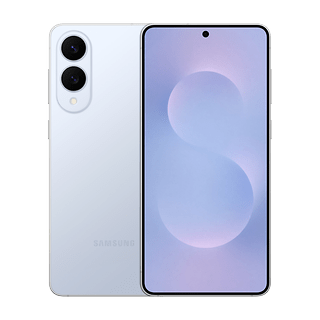

Samsung Galaxy S25 Edge: All deals
Design & build quality: Extremely thin, yet robust
| Design and build quality | |
|---|---|
| Display |
|
| Dimensions and weight |
|
| Resistance |
|
In recent years, smartphones have become larger, heavier, and bulkier. This trend could see a reversal in 2025: Alongside Samsung, Apple is also tipped to roll out a particularly thin model on the market this September. The Galaxy S25 Edge is now leading the way. Our review shows whether the ultra-thin smartphone can also impress with its design.
With a thickness of just 5.8 mm, the Galaxy S25 Edge is one of the slimmest smartphones on the market. On paper, the difference to the Galaxy S25 Ultra with its 8.2 mm thickness might seem small, but when held, the device is noticeably lighter and more compact. Tipping the scales at just 163 g, it is noticeably more comfortable to hold than many current models, which often weigh 200 g or more.
Even with a protective cover, the design remained impressive. Samsung offers special, extra-slim cases designed to be less bulky than standard cases. There is a choice of three colors for the smartphone itself: Titanium Icyblue, Titanium Silver, and Titanium Jetblack. Depending on the angle of the light, the colors sometimes appear very different.
Worried about the durability of the S25 Edge?
The workmanship is of a high standard, so there’s nothing to complain about here. Both front and back are made of glass, while the frame is made of metal. To ensure maximum stability with the thin design, a titanium frame was used instead of aluminum or steel, as with the Ultra model.
For added protection, Samsung is using Gorilla Glass Ceramic 2 in front for the first time, while the back is made of matte Victus 2 glass. The device is also protected against dust and water according to the IP68 standard. In stress tests, the titanium frame proved to be extremely resistant — the smartphone remained intact even under high mechanical stress. Hence, there should be no pressing concerns when it comes to stability.
However, one striking design element that detracts slightly from the ultra-thin design is the relatively noticeable camera bump. This also caused the smartphone to wobble a lot when placed on a flat surface. A suitable case can alleviate this problem.
Android support until 2032
| Software | |
|---|---|
| Operating system |
|
When it comes to software, we would like to refer you to the Galaxy S25 Ultra review. There are no differences here. Just like the Ultra, the S25 Edge is also based on Android 15 with Samsung’s own One UI 7 user interface. The manufacturer guarantees seven years of software and security updates so that the device remains supported in the long term.
One UI is visually very different from pure Android and offers practical customization options for both beginners and experienced users. The simplified mode makes operation easier for newcomers, while experienced users have extensive personalization options at their disposal. The structure of the interface was well thought out, and in some areas, they were more intuitive than stock Android from Google. There is only criticism for the large amount of pre-installed bloatware. This is not appropriate for a premium smartphone in this price range.
This is how much power the Samsung Galaxy S25 Edge has
| Performance | |
|---|---|
| Processor |
|
| Memory |
|
| Connectivity |
|
Despite the extremely thin design, there are hardly any compromises in the technical specifications of the Galaxy S25 Edge compared to the S25 Ultra. Samsung once again opted for the Snapdragon 8 Elite in combination with 12 GB of RAM — currently one of the most powerful processors in an Android smartphone. In benchmark tests, the performance is around five percent below that of the Ultra model, but still achieves an AnTuTu score of over two million points. The device therefore offers high performance, which is noticeable in everyday use thanks to fast loading times and responsive operation.
Samsung uses the same panel from the Galaxy S25 Plus for the display. The 6.7-inch display offers twice the resolution of Full HD, a 120 Hz refresh rate, and a maximum brightness of up to 2,600 nits. There are differences to the Ultra model when it comes to the coating: while the Ultra has a special anti-reflective layer, the Edge does not, just like the rest of the series. Nevertheless, the display impressed with its vivid colors, stable viewing angles, and extremely narrow bezels. This translates to content that was displayed clearly and brilliantly.
| Galaxy S25 Edge (Snapdragon 8 Elite for Galaxy) |
Galaxy S25 Edge (Snapdragon 8 Elite for Galaxy) |
|
|---|---|---|
| AnTuTu | 2,207,680 | 2,040,265 |
| 3DMark Wild Life Extreme Stress test |
Best run: 23,195 Stability: 51.1% |
Best run: 19,195 Stability: 46.5% |
Camera performance: Surprisingly solid but with one limitation
| Camera | |
|---|---|
| Main camera | |
| Ultra-wide angle camera | |
| Telephoto camera(s) | |
| Selfie camera | |
| Max. Video resolution |
Despite the slim design, Samsung managed to integrate the same primary camera from the Galaxy S25 Ultra into the Edge model. The 200-megapixel main camera with an aperture of f/1.7 and optical image stabilization delivered solid results in different lighting conditions. It is complemented by an ultra-wide-angle camera with 12 megapixels, which was taken from the regular Galaxy S25 and offers an integrated macro function.
In a direct comparison with the Ultra model, the main camera is on par: images are sharp and color-intensive, but do not reach the top quality offered by its competition from Apple, Google, and Honor. The ultra-wide-angle camera blends well into the overall picture in terms of color and delivers sharp photos in daylight. Differences from the Ultra model only became visible at night.
No optical zoom — digital magnification has its compromises
The Galaxy S25 Edge has to make do without an optical zoom. Due to the ultra-thin design, there is simply no room for periscope cameras with 3x or even 10x optical magnification. Instead, the device uses the high sensor resolution of the main camera to achieve a digital zoom of up to 10x.
This quickly revealed a loss of quality: while 2x to 3x zoom is still usable in daylight, the level of detail visibly decreased from this level onwards. At 10x magnification, the limitations were clearly noticeable. While the camera is still sufficient for everyday scenes, users will have to live without high-quality telephoto shots.
Battery life: The Achilles heel of the S25 Edge?
| Battery capacity | |
|---|---|
| Battery capacity | |
| Charging speed (via cable) | |
| Charging speed (wireless) |
One of the biggest issues with the Galaxy S25 Edge concerns the battery life. After all, the thin chassis comes with limitations. Compared to the Galaxy S25 Plus with a 4,900 mAh battery, the battery of the S25 Edge features a 3,900 mAh rating and is around 20 percent smaller, with a correspondingly shorter runtime. In the benchmark test, the device achieved 13 hours and 26 minutes, which is below the class average of around 15 hours, but still offers performance suitable for everyday use.
In everyday use, the battery is sufficient for a normal day, but there are limits with intensive use. While the Galaxy S25 Ultra often has around 45 percent remaining capacity in the evening, the Edge has around 25 percent left. An additional power bank may be required on those long days at work, for example, such as at trade fairs or when traveling. This is also a limitation that affects the Ultra model from time to time.
Missed battery technology & charging options
Samsung continues to rely on classic lithium-ion technology and does not use silicon-carbon batteries, which are already used by some Chinese manufacturers. This technology could enable a 25 percent higher capacity at the same size, an option that may only be implemented in future models.
The maximum charging power is 25 watts, which is lower than the other models in the S25 series. A full charge takes around 75 minutes. Wireless charging is also supported, including the QI2 standard, but without integrated magnets. If you want to take advantage of the magnet functionality, you can retrofit this with a corresponding case.
| Charging | Xiaomi 15 Ultra (5,410 mAh | with 120W charger) |
Galaxy S25 Ultra (5,000 mAh | Samsung 45 W PD) |
Pixel 9 Pro XL (5,060 mAh | 140 W USB-PD) |
|---|---|---|---|
| 10 minutes | |||
| 30 minutes | |||
| 1 hour | |||
| Full charge | |||
| PC Mark battery test |
Galaxy S25 Edge review: Our conclusion
The crucial question remains: Which user group will benefit from Samsung’s ultra-thin smartphone? Anyone who places particular value on battery life or needs an optical zoom will probably opt for a different model. For frequent users in particular, the lower battery capacity when compared with other, more powerful devices is likely to be a knock-out criterion, and the lack of a telephoto camera is likely to make most photography enthusiasts opt for a different smartphone.
On the other hand, the Galaxy S25 Edge offers an interesting alternative for users who do not use their smartphone intensively and prefer a particularly light, slim device without having to compromise on the display size. It is, therefore, aimed in particular at those who appreciate a compact and elegant device but still want to use the latest high-end technology.
